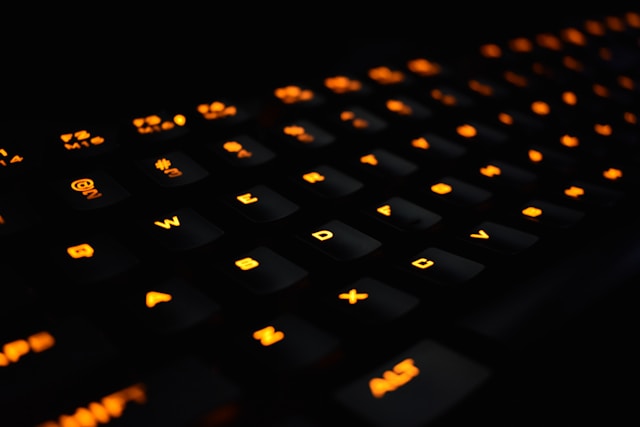Humans and animals are capable of amazing feats, for example, the ability to recognize people and objects. Face recognition helps people develop social relationships and individual identities, find mates and infer emotions, among others. What’s more, most recognition happens subconsciously, and judgments are made in a split second.
Today, the Department of Homeland Security and the FBI are using computerized facial recognition, but the exact workings of human facial recognition continue to be elusive.
Scientists have been studying what causes human face recognition for decades, but in a recent paper, appearing in the Neuron journal, Dr. Maximilian Riesenhuber of the Georgetown University Medical Center (GUMC) notes, “when your brain is processing faces, you want neurons to respond selectively so that each is picking up a different aspect of individual faces.”
Riesenhuber notes that in the process of recognizing people “there are a particular group of objects which the brain has learned to distinguish very well, much as it would for any other similar objects that are critical to human survival and communication.”
GUMC scientists have found a small number of neurons in the “fusiform face area” are responsible for face recognition due to a sensitivity to facial features.
The following image shows the difference in facial recognition of morphed images of humans and sheep, as viewed by humans:






